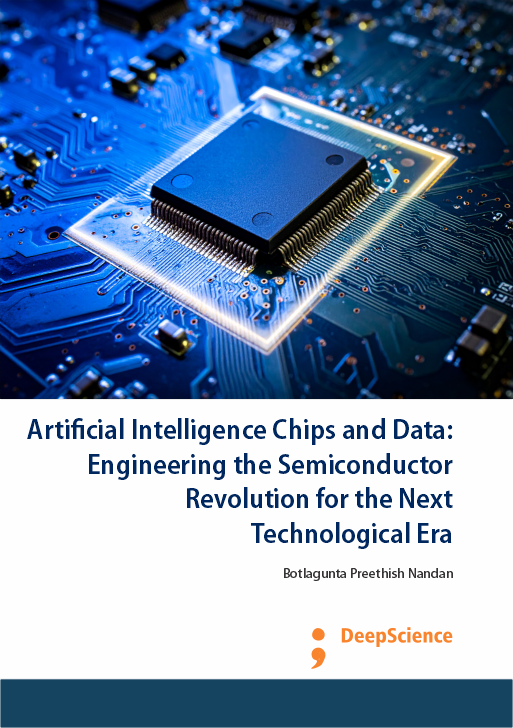Innovations in advanced materials science for nano-scale semiconductor manufacturing and integration
Synopsis
Advanced nanomaterials science, encompassing a knowledge bank of center to nanoscale materials and their in-situ integration with complementary technologies and devices, is aspired to help safeguard the edge of the USA in semiconductor technology over the next ten years. The major challenges in advanced nanomaterials science and its crucial components, including 1-D nanowires and electrodes/contacts, 2-D TMDs, graphene, organic materials and chemicals, bottom-up production and performance improvements across size scales, on-chip integration with mature semiconductor technology-base (including high-K/metal gates, ultra-thin bodies/fin-fets, dielectrics, vias/interconnects, and inspection/probe techniques), as well as testing and reliability, are detailed with innovative solutions and opportunity suggestions proposed. Despite the rapid advance in semiconductor technology, the pace of exploring, selecting and integrating materials beyond silicon technology nodes to support Moore’s Law slowdown is slower than design consideration-motion. As such, a round-up of the materials categories arching from center to nano scales and down to atomic scales, as described by All new materials families down to atomic scales that can be potentially added to semiconductor fabrication platforms have been categorized into four major families: Primary materials, interface materials, high-K dielectrics hub/etc. and metallization bushes, in expanded physique configurations from center to nano-micro scales. For each family, several representative materials are selected and listed. Each material’s role in traditional processes and its predictions on/new generation applications are outlined specifically. The advanced manufacturing and integration of most of these materials are highlighted in their maturity stages and future perspectives are discussed. The program also includes some particular chemical systems en-route to robust and manufacturable production of these materials. For bottom-up integration of advanced materials with mature semiconductor technology-base, a few promising materials and concurrent progress are not included in this roadmap because of space limitation, presence of high level of novelty and shocks, and probably of seekers-closed relevance to semiconductor technology. Nevertheless, these platforms are projected to produce waves of great new opportunities in semiconductor manufacture and advancement integration over this decade onwards. Despite obstacles/concerns, growth of complex and Q1D high-k dielectrics has been thoroughly investigated, and work on their MIS formation, understandings and conception of devices have only just begun (Ahmed & Mohammed, 2024; Babazadeh et al., 2025; Das et al., 2025).













